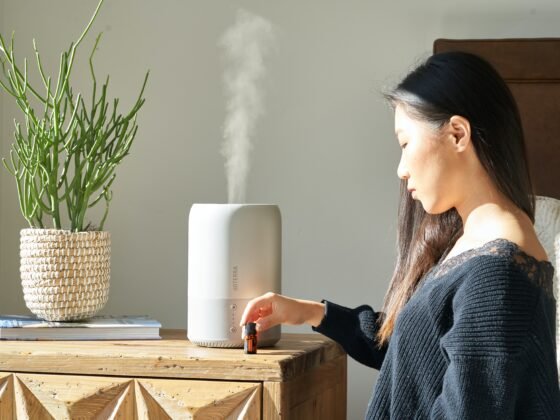Table of Contents Show
As one of the most common flooring options found in homes and businesses, carpets require routine deep cleaning to look their best and extend their lifespan.
But between rental machines, professional services, and countless treatment methods, the world of carpet cleaning can be confusing and overwhelming for many owners.
Learning the need-to-know facts about properly caring for carpets clears up the mystery and sets your floors up for success.
Frequency Matters
The single most important factor in keeping carpets looking fresh is the cleaning frequency. The general recommendation among cleaning experts is deep cleaning carpets every 12-18 months in low-traffic areas and as often as every 6 months in high-traffic zones.
Waiting longer allows dirt, allergens, and grime to embed deep within the carpet fibers and accumulate to damaging levels.
Hot Water Extraction Reigns Supreme
Also known as steam cleaning, hot water extraction is considered the most thorough and effective form of carpet cleaning. This method uses a machine to spray heated water into the carpet which promptly gets suctioned back out along with deep-lodged soils.
Hot water effectively dissolves and suspends particles for complete removal in a way chemical shampoos can’t match.
Read Also:
Pre-Treating Tough Stains Is Key
Prior to the main cleaning process, you can boost results by pre-treating any stubborn spots and stains.
Letting targeted stain removers or disinfecting solutions set on soiled areas 5-10 minutes before scrubbing and extracting attacks those blemishes head-on, making them easier to eliminate. Pre-treatment prevents sticky residues.
DIY Machines Fall Short
Some homeowners attempt to rent carpet cleaning machines from local stores and tackle the job themselves to save money. However, these units often lack the power to get carpets truly clean. Weak water pressure leaves behind debris and moisture.
Plus, inexperienced users underestimate the know-how involved. Using professional cleaning equipment and supplies is important for achieving clean carpets.
Let Carpets Dry Completely
After the rinsing and extracting process, carpets should be left to dry completely before walking on them, usually 24-48 hours. Lingering moisture can allow dirt to resettle and mildew to form.
Run fans to accelerate drying. Failure to let carpets dry fully after cleaning essentially wastes the cleaning effort.
Outdoor Carpets Require Special Care
Carpets in outdoor spaces or high-traffic entryways have additional cleaning needs. The combination of dirt, pollen, rain, sun, and foot traffic degrades outdoor carpeting rapidly.
These carpets demand deeper, more frequent cleanings along with protective sealant applications to withstand the demands of their environment.
Older Carpets May Need Replacing
No matter how skilled the cleaning job is, carpets do have a functional lifespan. Excessive matting, stubborn embedded stains, and clear signs of wear indicate a carpet has outlived its prime.
At that point, even professional cleaning can’t wholly restore appearance. Budget for replacement once carpets reach 10-15 years old.
The Padding Matters Too
Don’t neglect a carpet’s underlying padding when cleaning. Pulling up carpet edges to clean beneath is ideal. But at minimum, pay attention to rinsing and extracting padding during the main cleaning job. Failure to sanitize padding allows soils, allergens, and moisture to fester out of sight.
Regular Vacuuming Is Crucial
Always vacuum carpets with a quality machine at least weekly, even more frequently in high-traffic zones. Frequent vacuuming prevents dirt from sinking deep into carpeting where cleaning machines can’t reach.
Failing to vacuum regularly guarantees carpets get dirtier faster, regardless of professional cleaning services.










